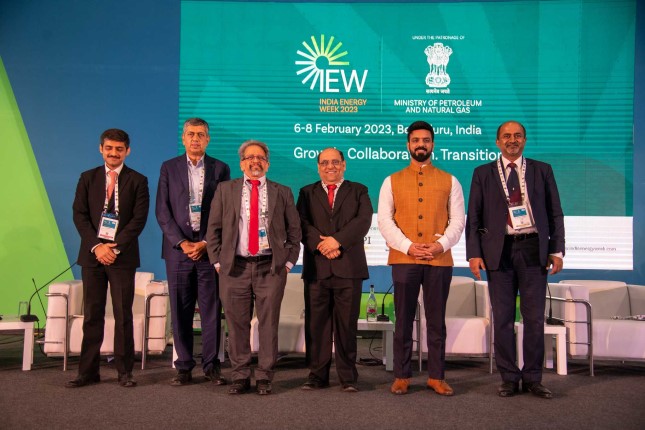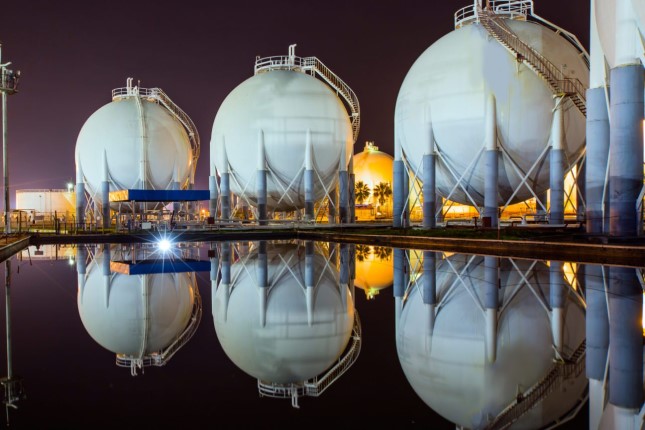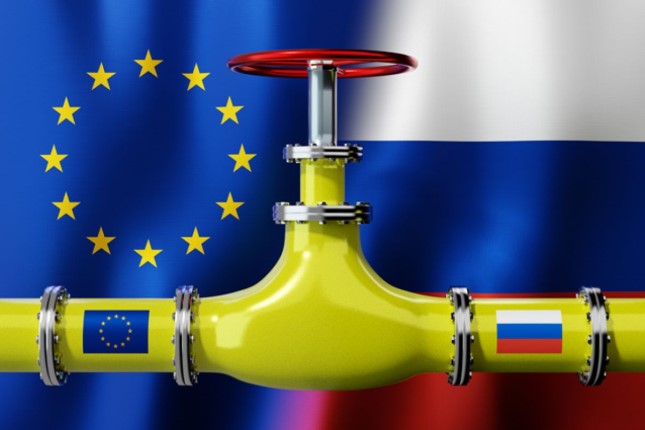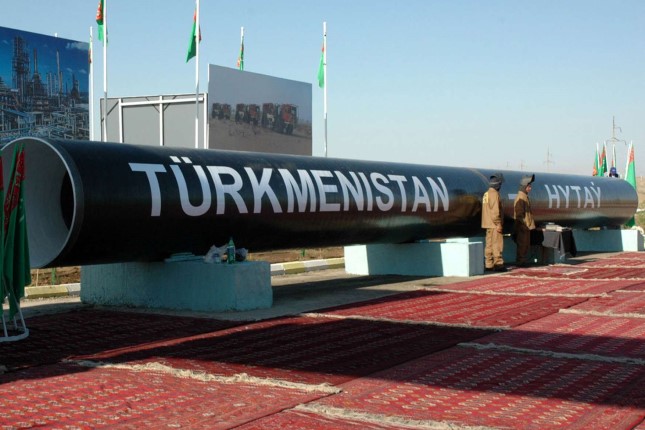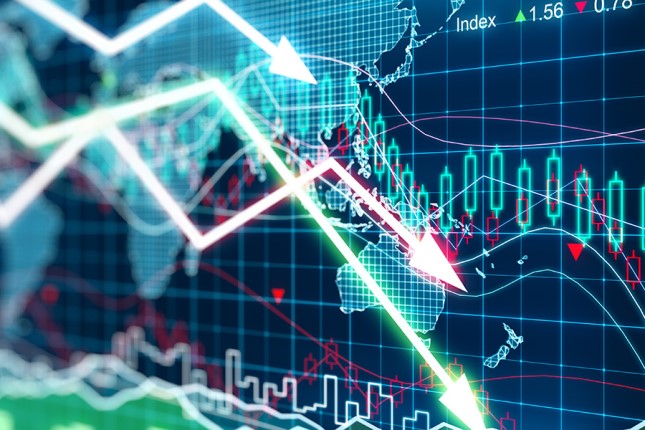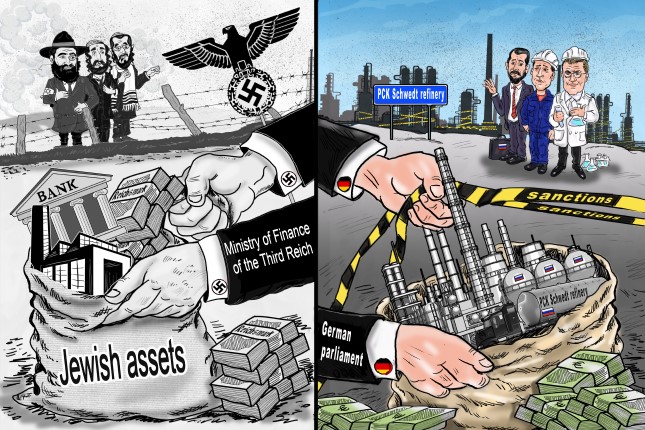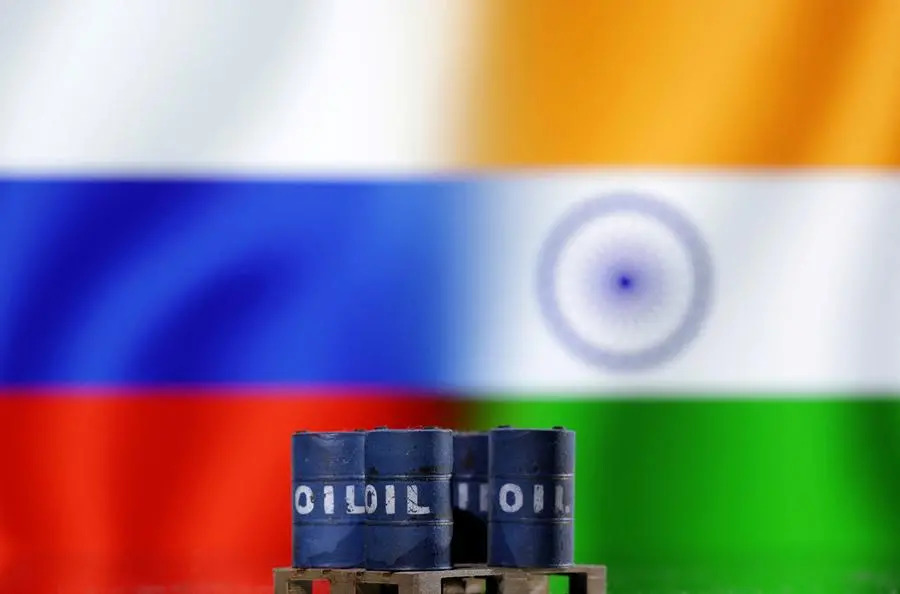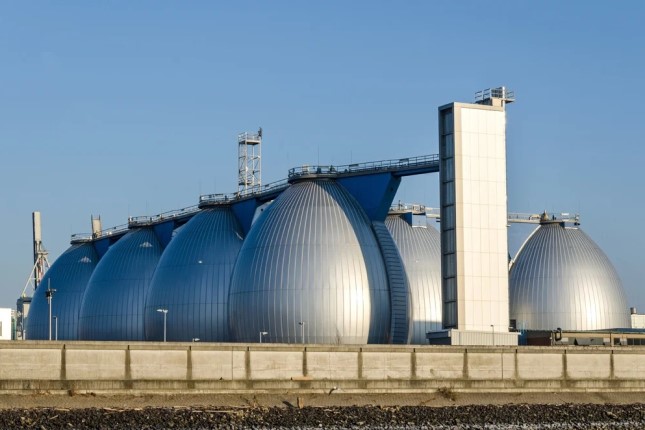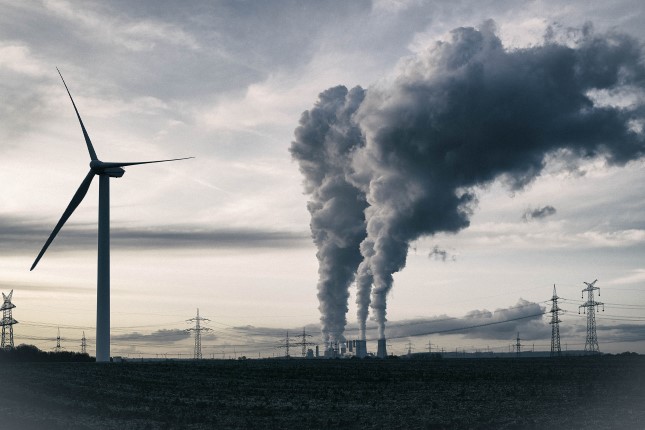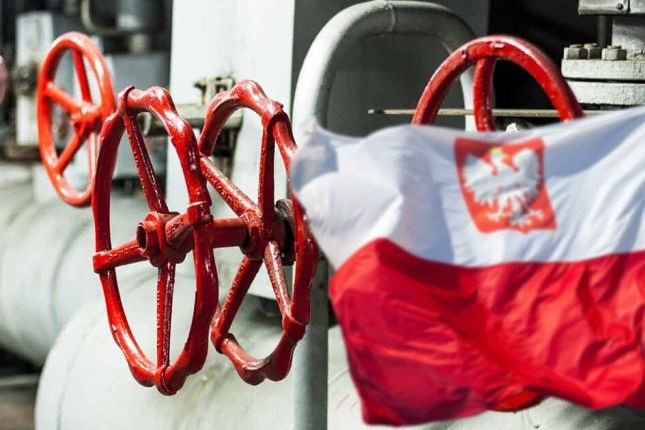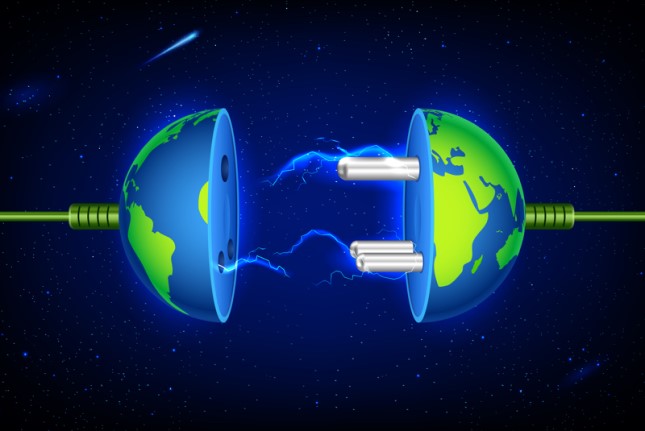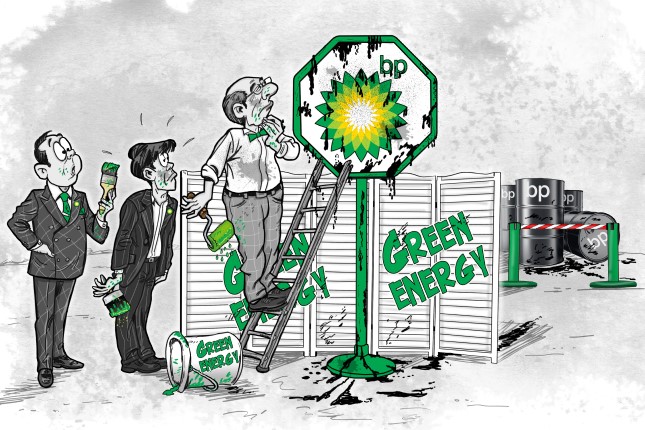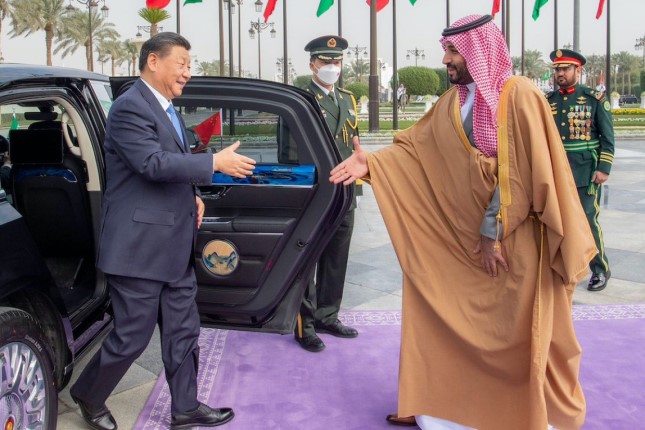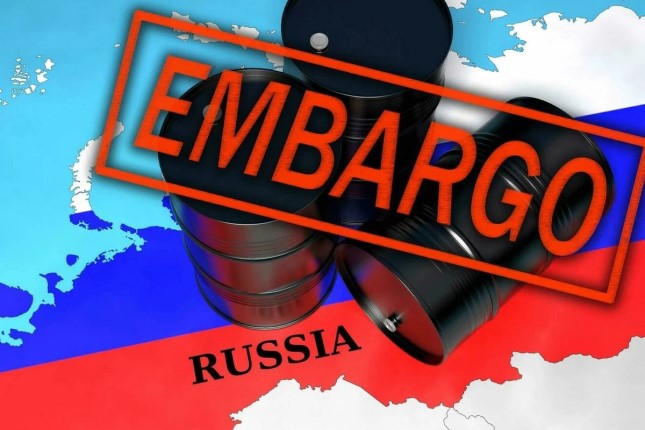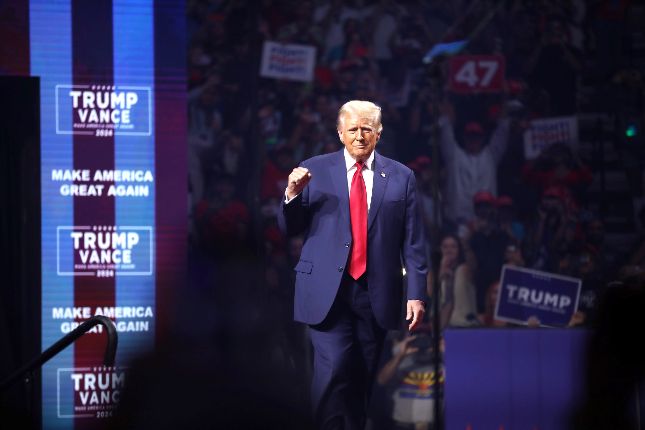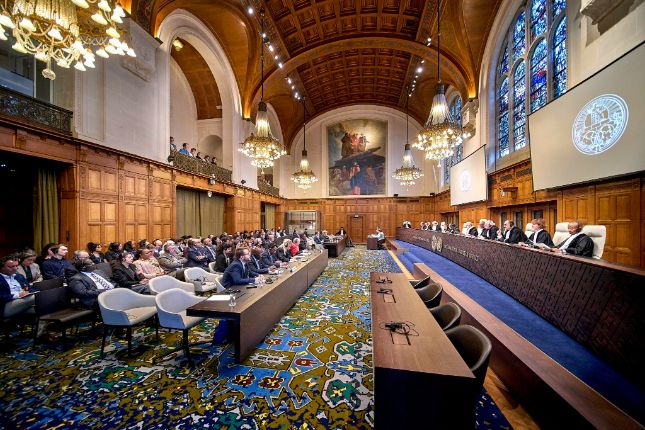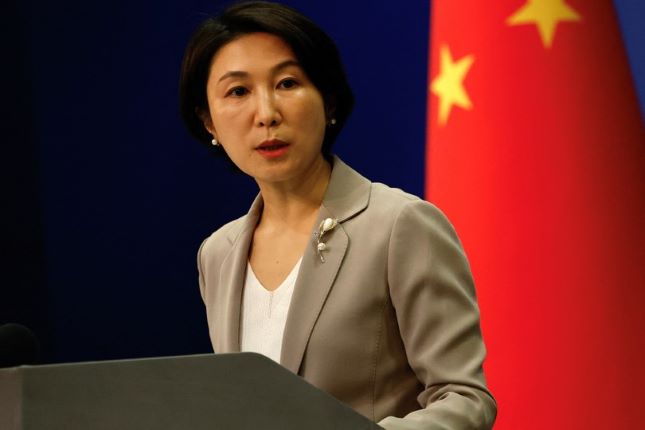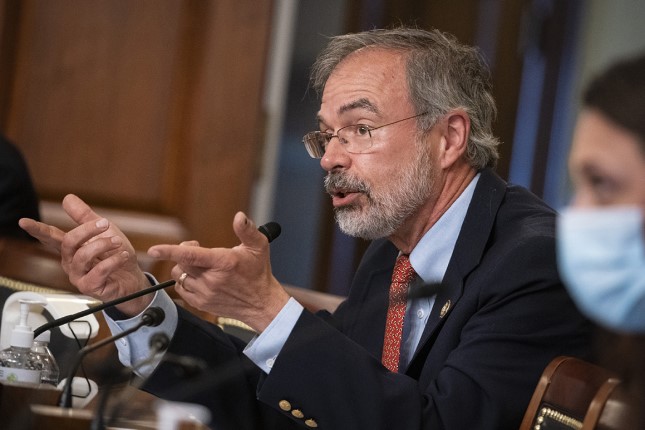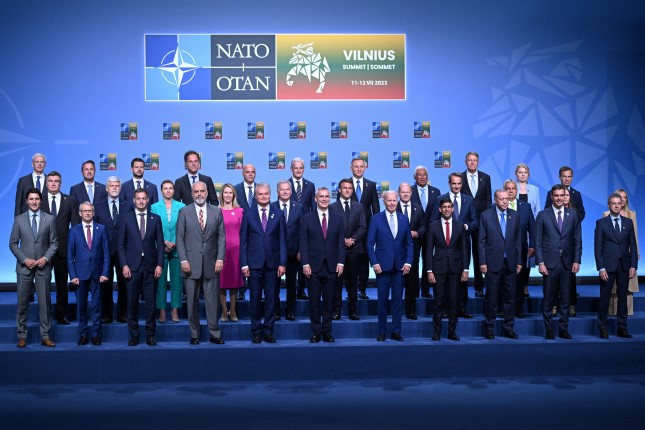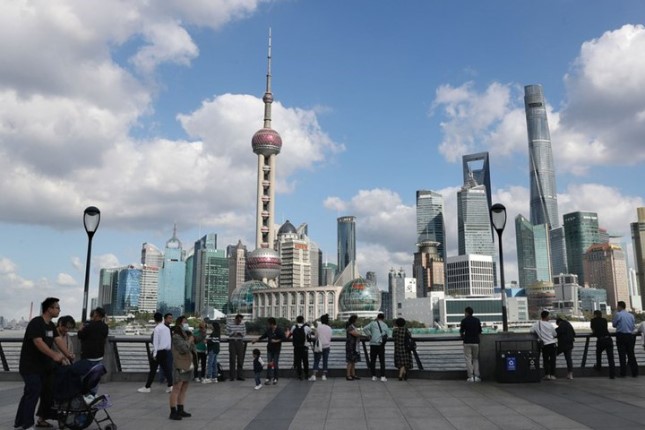India Energy Week (IEW) is taking place in Bangalore on February 6-8. The conference reflected India's growing global role and the central role played by energy. Prime Minister Narendra Modi opened the conference by encouraging international companies to invest in fossil fuel production in India. In his address, Prime Minister Modi outlined his vision for India to become the third-largest economy in the world, and he presented the country's energy strategy and the immense opportunities it offers energy companies.
The India Energy Week is a key South Asian event focused on energy security and environmental sustainability. The G20 is being moderated by New Delhi this year, and the IEW-23 is the first global event that India is holding during its presidency of the G20. One of the forum’s main results was confirmation that the efforts of the US and EU to isolate Russia economically were ineffective. India has emerged as one of Russia's main energy partners.
The heads of the largest energy corporations met at the conference. The key event of India Energy Week was Prime Minister Modi's meeting with the largest players in the energy market, including Minister of Petroleum and Natural Gas of India Hardeep Singh Puri, OPEC Secretary General Haitham al-Ghais and Deputy Head of the National Energy Administration of China Lin Shanqing, Executive Director of the International Energy Agency Fatih Birol, as well as the heads of the Indian oil and gas corporations Indian Oil, ONGC, Gail, energy ministers of the countries of the region, top managers of Saudi Aramco, Rosneft, ADNOC, Petronas, Kuwait Petroleum, TotalEnergies, BP, and a number of other leading companies.
The India Energy Week demonstrated the long-term nature of the energy partnership between Russia and India. It is no coincidence that India has become a leader in global economic dynamics, according to Igor Sechin, the head of Rosneft: "It is a large country with a large, young, ambitious population, where momentum is most important." Analysts and industry experts anticipate an annual growth rate of up to 7 % for India”.
According to the International Monetary Fund, India and its neighbours will contribute half of the global economic growth this year, with the United States and the eurozone contributing only 10%.
Russia-India: a real partnership
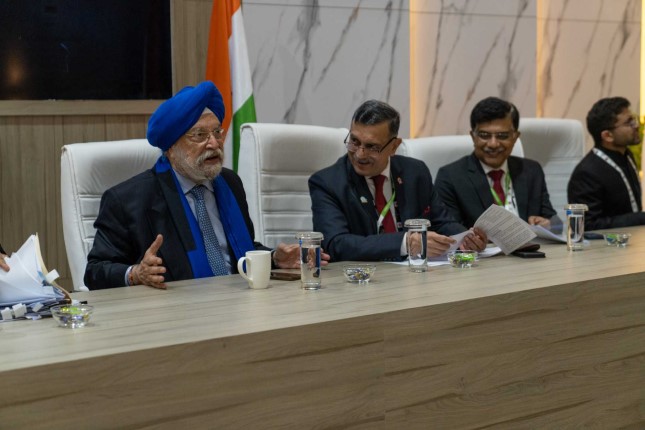
Developed countries, particularly the United States, have lost control over the world energy market due to the loss of economic dynamism. Despite the United States' efforts to maintain it.
First, it attempted to regulate the global energy market by taking advantage of the excess production of oil and gas as a result of the shale revolution. Then, using direct oil sales from the strategic reserve which has been reduced to 371 million barrels (in 2010, there were more than 700 million barrels). And lastly, by capping the price of Russian hydrocarbons.
However, it still does not work. Before the elections, the US even requested that OPEC+ countries postpone their decision on reducing oil production quotas. Nevertheless, with not much success.
Today, the US has lost control of the global energy market. As a result, traditional financial instruments have a declining role in oil market pricing. Prices based on actual deliveries are increasingly guiding players. Accordingly, Igor Sechin, head of Rosneft, announced at the India Energy Week forum that the company would no longer use settlement futures contracts to sell oil. The futures market, dominated by Western financial institutions and market participants, allowed Western countries to adjust oil prices in a direction that benefited their economies.
In the past few decades, Western countries, and in particular, European countries, have destroyed their energy security and their privileged position on the market. “All the principles of market trading have been destroyed. In fact, market pricing and contract law have been abolished, and logistics chains built up for decades have been severed. A visual image is the blown-up Nord Stream”, Igor Sechin, the head of Rosneft, who became one of the headliners of the forum, said at the forum in India.
According to him, a vivid example is the reshaping of the European gas market. Despite common sense, Europe was forced to abandon long-term contracts and switch to spot pricing. As a result of forced green transitions and underinvestment in traditional energy, energy costs have increased in an unprecedented way. “And when the Russian competitor was driven out of the European market by sanctions and pressure, the Americans proposed returning to long-term contracts that would guarantee a return on investment. We are talking about ordinary unfair competition,” said Igor Sechin.
“If Russian oil does not enter the European market, then there is no reference price. Reference prices will be formed where the volumes of oil actually flow… It has long been written in Ecclesiastes: “What is crooked cannot be made straight, and what is lacking cannot be counted,” summed up the head of Rosneft.
Meanwhile, attempts by the United States and its allies to remove Russian oil from the market failed. Russia has become the second largest supplier of oil to India (after Iraq), which buys 40% of Russian oil by sea. In addition, Reuters reports that Indian buyers are now paying in UAE dirhams for most Russian oil purchased through Dubai traders.
In addition, India is showing interest in the supply of Russian liquefied natural gas (LNG). Furthermore, it considers the possibility of a payment in national currencies when discussing these deliveries.
India is considering switching to national currency settlements with other providers as well. Saudi Arabia, for example, whose representatives discussed this issue at a recent forum in Davos...
Generally speaking, the Russian-Indian energy trade is expected to grow in the future. This can provide a solid foundation for India's energy breakthrough over the next two decades.
On the eve of the energy breakthrough
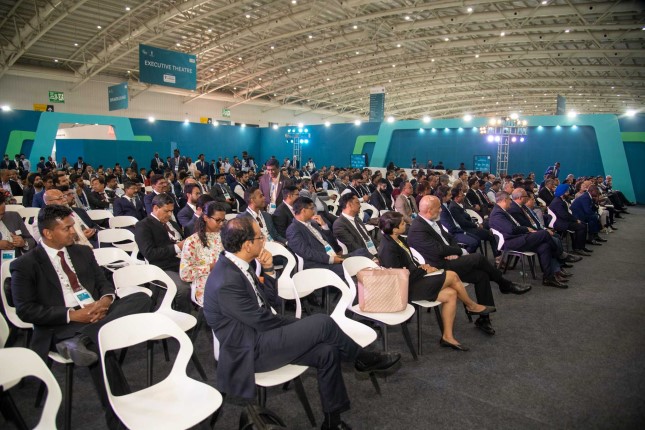
In 2021, at the UN Climate Change Conference (COP26) in Glasgow, Prime Minister Narendra Modi committed to cutting India's emissions to zero by 2070. India Energy Week has become an event that aims to achieve this objective. In his speech, the Prime Minister of India emphasised the development of renewable energy sources.
The task won't be easy, however. In the next twenty years, India is expected to become the country with the largest energy production and consumption increase. How can a country like India balance such a rapid generation growth rate with a strict emission limitation?
According to the World Bank, as of 2021, the country ranked 134th in per capita GDP based on purchasing power parity. Betting on developing relatively expensive renewable energy sources such as biofuels, solar or wind energy means significantly curbing economic growth. This is hardly the aim of the Indian leadership.
Today, India is already the third largest consumer of electricity in the world - 1.2 billion kWh. Only China and the US consume more than 6.9 and 3.9 billion kWh (TWh), respectively.
Global consumption is 22.9 billion kWh (TWh).
In terms of population, India has already overtaken China. Therefore, if we assume that in twenty years, India will reach at least half the level of the current consumption of China, that is, approaching the current level of gross consumption of the United States, this will mean an increase in global electricity consumption by more than 10%. Due to India alone. This is a considerable amount.
This will lead to a corresponding increase in emissions. After all, today, in the top five electricity consumers, India has the highest share of fossil fuels (75.5%). For comparison: Japan - 73.5% (consequences of restrictions in the field of nuclear energy after the accident at the Fukushima nuclear power plant), China - 66%, USA - 59.9% and Russia - 59.4%.
Therefore, India is under enormous pressure from developed countries, which seek to prevent India from using fossil fuels to solve its energy problems. In essence, by imposing restrictions on the use of fossil fuels, the West is trying to limit the economic growth of India on the one hand. And on the other hand, to prevent a significant increase in oil, gas and coal demand. Because oil, gas and coal are very much needed by themselves. This was demonstrated by the energy crisis in Europe last year.
Despite this, Indians have a clear understanding of what is at stake. During COP26, Prime Minister Narendra Modi committed to achieving "zero emissions" by 2070. However, this is only half of what was discussed at that meeting. In Glasgow, African and developing countries announced the need for rich countries to allocate $1.3 trillion per year to mitigate the impacts of global warming and adapt to it. Furthermore, the third world prefers to receive funds through grants rather than loans. Indian Prime Minister Narendra Modi stated explicitly at COP26 that "India expects developed nations to provide climate finance of one trillion dollars at the earliest".
Do we have such money today in the West? Doubtful.
As a result, India's economic policy will be governed by the principles of "enlightened national interest". However, this does not mean India will have to abandon its efforts to develop renewable energy sources. China's example of 3.5% solar energy installed capacity and 6.2% wind power illustrates how a developing country can achieve an utterly diversified energy balance even with very high consumption levels. Nevertheless, fossil fuels will remain the basis of India's energy breakthrough in the coming decades.
